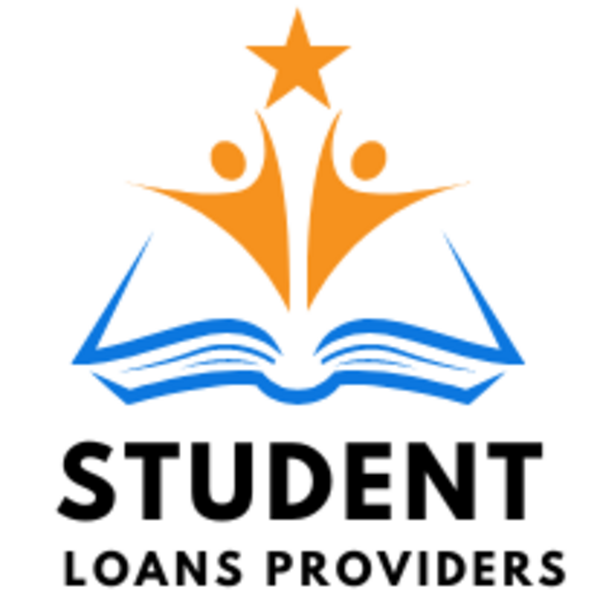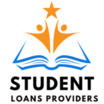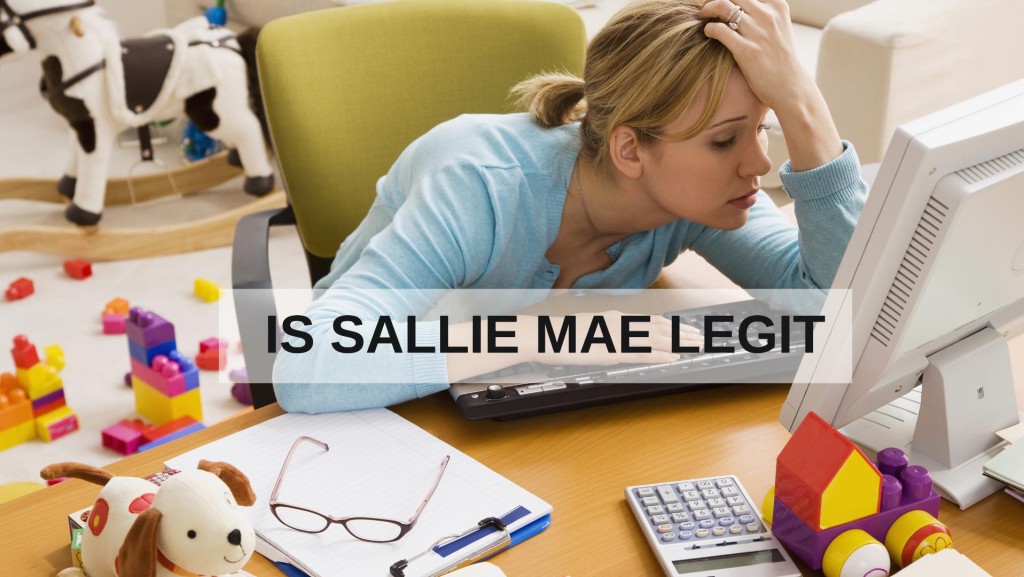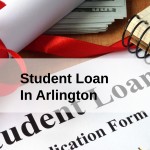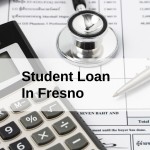In the labyrinth of student loans and debt relief, Sallie Mae stands as a prominent figure. As borrowers navigate the complexities of financing their education and seeking relief from debt burdens, questions inevitably arise about the legitimacy of Sallie Mae and its offerings. This article aims to dissect the legitimacy of Sallie Mae while exploring avenues for student loan forgiveness and debt relief. We'll also delve into strategies for securing the best student loans and managing education debt effectively.
Understanding Sallie Mae:
Sallie Mae, formally known as the SLM Corporation, is a publicly traded corporation that originated as a government-sponsored enterprise tasked with providing federal education loans. Over time, Sallie Mae transitioned into a private entity, offering a range of financial products and services, including private student loans, banking products, and educational resources.
Navigating Federal and Private Student Loans:
Sallie Mae plays a significant role in the realm of private student loans, offering financing options for students and families seeking to bridge the gap between the cost of attendance and available financial aid. While federal student loans are typically the preferred option due to their lower interest rates and borrower protections, private loans from Sallie Mae and other lenders can be a necessary supplement for some borrowers.
When considering how to get a student loan, borrowers must weigh the benefits and drawbacks of federal and private options. Federal loans, including Stafford loans and PLUS loans, are backed by the government and offer fixed interest rates, income-driven repayment plans, and forgiveness options. In contrast, private loans from Sallie Mae may have variable interest rates, fewer borrower protections, and stricter eligibility criteria.
Assessing the Legitimacy of Sallie Mae:
As one of the largest private student loan lenders in the United States, Sallie Mae has faced scrutiny and criticism over its lending practices and customer service. Complaints range from issues with loan servicing and billing errors to allegations of predatory lending practices and aggressive debt collection tactics.
However, it's essential to distinguish between legitimate concerns and misconceptions about Sallie Mae. While some borrowers may have had negative experiences with the company, others have found Sallie Mae to be a reliable source of financing for their education. Transparency, communication, and understanding the terms of the loan agreement are critical for borrowers engaging with any lender, including Sallie Mae.
Exploring Debt Relief Options:
Amidst the challenges of student loan debt, borrowers may seek relief through various avenues, including student loan forgiveness and debt relief programs. While federal loans offer forgiveness options such as Public Service Loan Forgiveness (PSLF) and income-driven repayment plans, private loans from Sallie Mae may have limited forgiveness options.
Securing the Best Student Loans and Managing Education Debt:
When seeking the best college loans, borrowers should consider factors such as interest rates, repayment terms, and borrower protections. Federal loans typically offer more favorable terms, including fixed interest rates and flexible repayment options. However, private loans from reputable lenders like Sallie Mae may also be competitive, particularly for borrowers with strong credit and a stable financial background.
Researching and comparing loan options is essential for finding the best student loan lenders. Online resources, loan comparison websites, and financial aid counselors can provide valuable information to help borrowers make informed decisions. Additionally, understanding the application process for federal and private loans, including eligibility requirements and documentation, is crucial for securing financing for education.
Managing education debt effectively requires careful planning and budgeting. Creating a repayment strategy, prioritizing loan payments, and exploring options for education loan repayment can help borrowers stay on track and avoid default. Federal loan servicers offer resources and assistance to help borrowers manage their loans, including income-driven repayment plans and loan consolidation.
Federal Student Loans vs. Private Loans:
Federal student loans, issued by the Department of Education, are backed by the government and offer various benefits, including fixed interest rates, income-driven repayment plans, and loan forgiveness options. These loans are available to eligible students regardless of their credit history and typically offer more favorable terms than private loans.
In contrast, private loans from lenders like Sallie Mae are not backed by the government and may have variable interest rates, stricter eligibility criteria, and fewer borrower protections. However, private loans can be a valuable option for borrowers who have exhausted federal aid or need additional funds to cover educational expenses. It's essential to carefully review the terms and conditions of private loans and consider the long-term implications of borrowing.
Applying for Student Loan Forgiveness and Debt Relief:
For borrowers struggling to repay their student loans, options for student loan forgiveness and debt relief may provide much-needed relief. Federal loan forgiveness programs, such as Public Service Loan Forgiveness (PSLF) and Teacher Loan Forgiveness, offer forgiveness for eligible borrowers who meet specific requirements.
Additionally, income-driven repayment plans can help lower monthly payments for borrowers experiencing financial hardship. Borrowers may also explore options for loan discharge in cases of total and permanent disability, closure of the school, or fraudulent practices by the institution.
Securing the Best Student Loans and Managing Education Debt:
When seeking the best college loans, borrowers should consider factors such as interest rates, repayment terms, and borrower protections. Federal loans typically offer more favorable terms, including fixed interest rates and flexible repayment options. However, private loans from reputable lenders like Sallie Mae may also be competitive, particularly for borrowers with strong credit and a stable financial background.
Researching and comparing loan options is essential for finding the best student loan lenders. Online resources, loan comparison websites, and financial aid counselors can provide valuable information to help borrowers make informed decisions. Additionally, understanding the application process for federal and private loans, including eligibility requirements and documentation, is crucial for securing financing for education.
Managing education debt effectively requires careful planning and budgeting. Creating a repayment strategy, prioritizing loan payments, and exploring options for education loan repayment can help borrowers stay on track and avoid default. Federal loan servicers offer resources and assistance to help borrowers manage their loans, including income-driven repayment plans and loan consolidation.
Federal Student Loans vs. Private Loans:
Federal student loans, issued by the Department of Education, are backed by the government and offer various benefits, including fixed interest rates, income-driven repayment plans, and loan forgiveness options. These loans are available to eligible students regardless of their credit history and typically offer more favorable terms than private loans.
In contrast, private loans from lenders like Sallie Mae are not backed by the government and may have variable interest rates, stricter eligibility criteria, and fewer borrower protections. However, private loans can be a valuable option for borrowers who have exhausted federal aid or need additional funds to cover educational expenses. It's essential to carefully review the terms and conditions of private loans and consider the long-term implications of borrowing.
